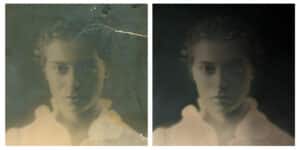In recent years, the evolution of technology has led to an increasing integration between the world of 3D and that of photographic post production. This synergy has opened new creative doors, allowing digital artists to transform virtual concepts into tangible reality through a fluid and intuitive process.
In this article, we will explore the importance of this integration and analyze a concrete example through a case study involving the conversion of a logo from Illustrator format to PSD format and its insertion into images of a client's company headquarters.
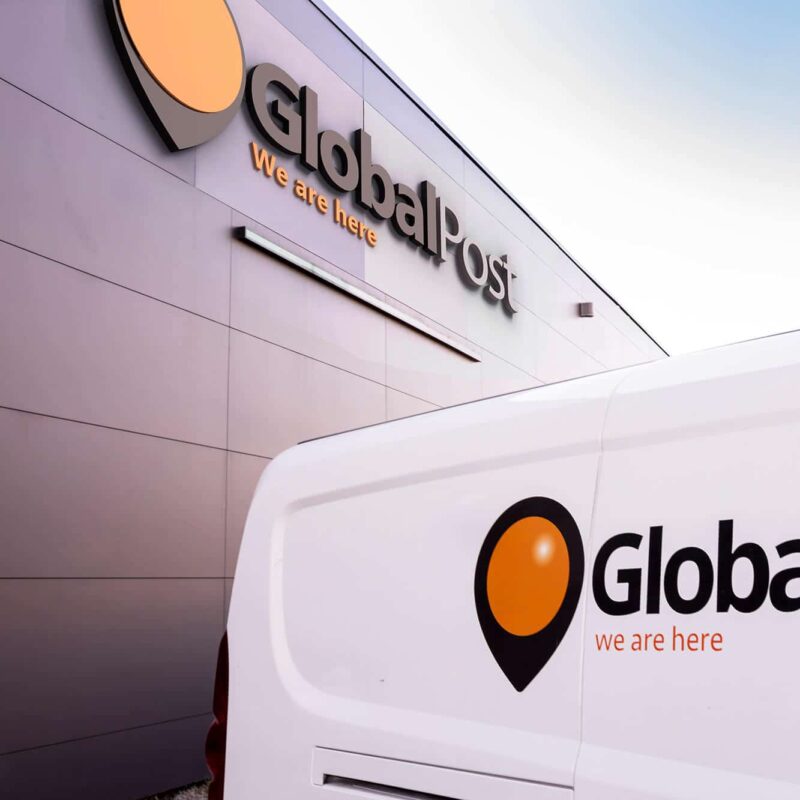
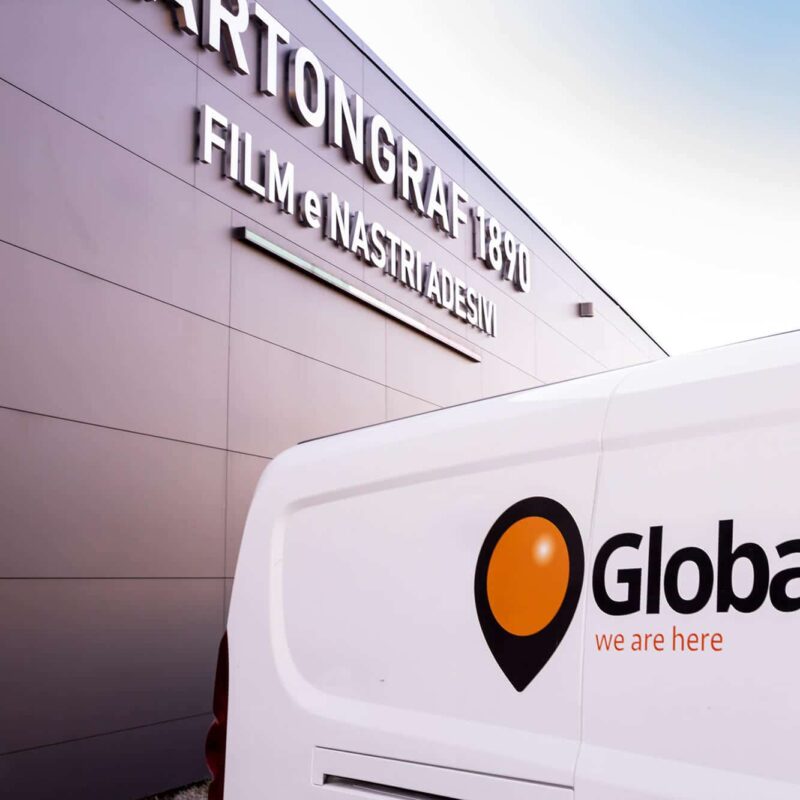
Example of replacing the old logo with the new one, created in Illustrator, converted to 3D, and integrated into the photo with the help of AI (client: Global Edit)
The Integration Between 3D and Photographic Post Production
One of the main advantages of this integration is creative flexibility. Thanks to 3D, it's possible to create virtual objects with a high level of detail and realism, which can be easily manipulated and adapted to project needs. Once integrated into photographic images throughphoto editing, these elements add depth and dimension to the scene, transforming the image into something truly unique and captivating.
Furthermore, the integration between 3D and post-production allows for saving time and resources. Instead of creating physical objects for photoshoots, virtual elements can be quickly and efficiently modeled and rendered. This not only speeds up the production process but also allows for easy modifications and adjustments without the need to repeat entire photoshoots.
Case History: Conversion of a Logo from Illustrator to PSD and Integration into an Image
Let’s assume that you are a photographer (or a graphic designer, an agency... or even a business), and you’ve just taken photos of a client's headquarters. The client has changed their logo and needs to quickly replace the logo visible in the photos you took, maintaining a three-dimensional and realistic effect. Of course, each of the images you shot has a different perspective. Additionally, the company’s logo is currently only available in Adobe Illustrator (AI) vector format.
To do this, it's necessary to convert the logo into a format compatible with photographic post-production, such as Adobe Photoshop (PSD), and then integrate it into the existing images.
The process begins with converting the logo from AI format to PSD format. Using 3D graphics software like Cinema 4D or Blender, we modeled and rendered the logo in a three-dimensional environment. This step allows us to add shadows, lights, and reflections to the logo, giving it a more realistic appearance and seamlessly integrating it with the surrounding environment.
Once the modeling and rendering are completed, the logo is exported in PSD format and imported into photo post-production software. Here, the logo can be positioned and resized to fit the images of the company’s premises. Using advanced photo editing services like layer masks and color adjustments, the logo is seamlessly integrated into the image, blending in naturally with the existing elements.
The final result is an image that seamlessly blends real and digital elements, effectively conveying the brand's message. Thanks to the integration of 3D and photo post-production, we were able to create high-quality advertising material that fully meets the client's needs.
Do you want to transform a graphic file into 3D and integrate it into a photographic image? Contact us
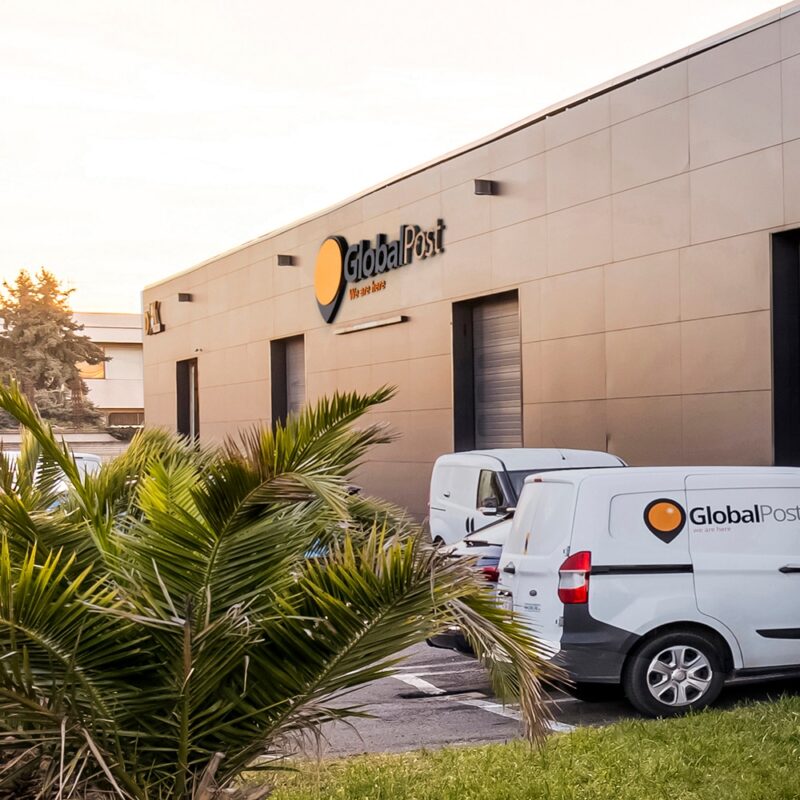
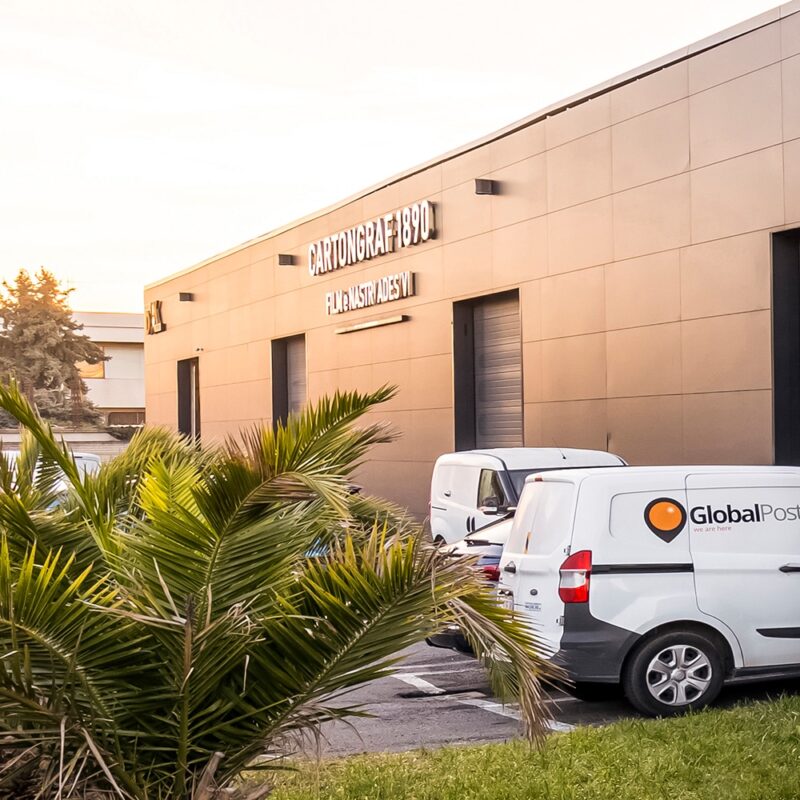
Conclusions
The case history analyzed demonstrates how this integration can be successfully applied in real-world contexts, producing extraordinary and satisfying results for clients. As technology advances and innovation continues in the field of digital graphics, it is likely that this synergy will become increasingly important and widespread, opening new creative possibilities for artists and businesses worldwide.
How Automatic Generation of 3D Environments from Real Photos Works
The advancement of digital technologies has enabled an interesting convergence between the 3D world and traditional photography. Thanks to artificial intelligence algorithms, it is now possible to analyze existing photos and generate 3D models of objects and environments based on those images. This innovative technology offers endless creative possibilities, allowing the integration of virtual elements with real images to create extraordinary and engaging visual compositions.
The process of automatically generating 3D environments from real photos usually follows several key steps.
Image Analysis: Existing photos are uploaded into the system and analyzed using artificial intelligence algorithms. During this phase, objects, surfaces, and environmental elements present in the images are identified and cataloged.
3D Modeling: Based on the data collected during the analysis of the images, the system automatically generates 3D models of the detected objects and environments. These models are characterized by a high level of detail and accuracy, making them suitable for integration with photo editing.
Rendering and Optimization: Once the 3D models are generated, they are rendered and optimized for use in photographic compositions. During this process, details, textures, and lights are added to ensure a realistic and convincing appearance.
Integration with Photo Editing: The generated 3D models are then integrated with the existing images through photo editing. Using specialized software, digital artists can position, resize, and modify the 3D models to fit the needs of the composition.
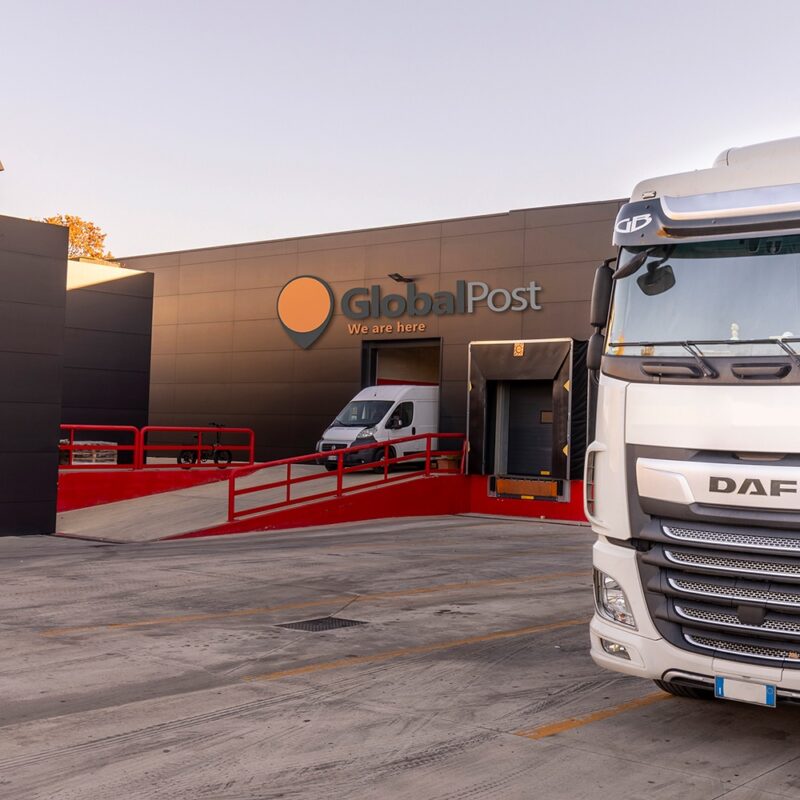
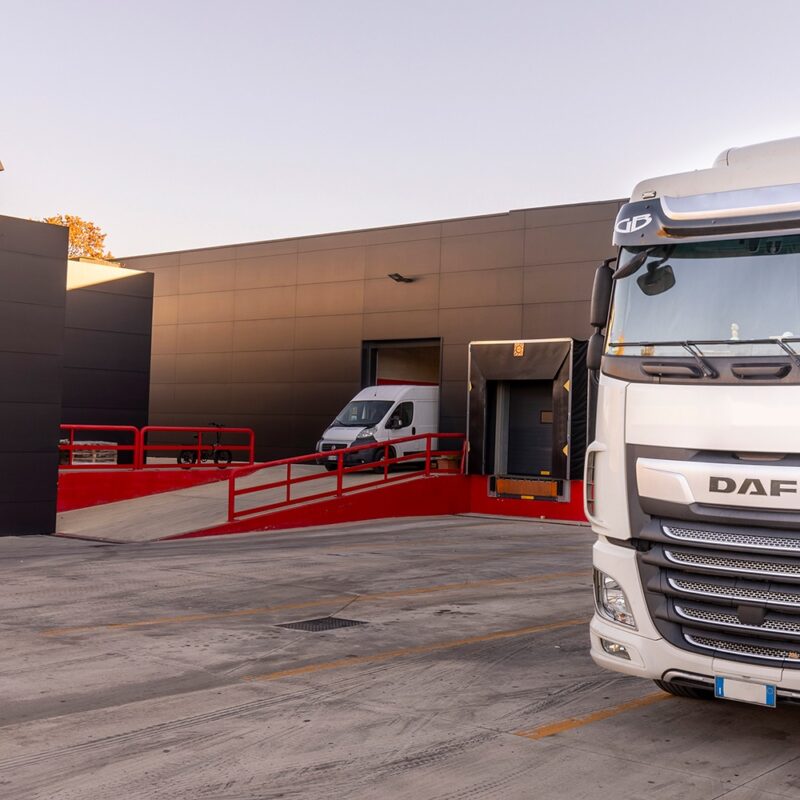
Do you need an integration between 3D and photographic image? Contact us


